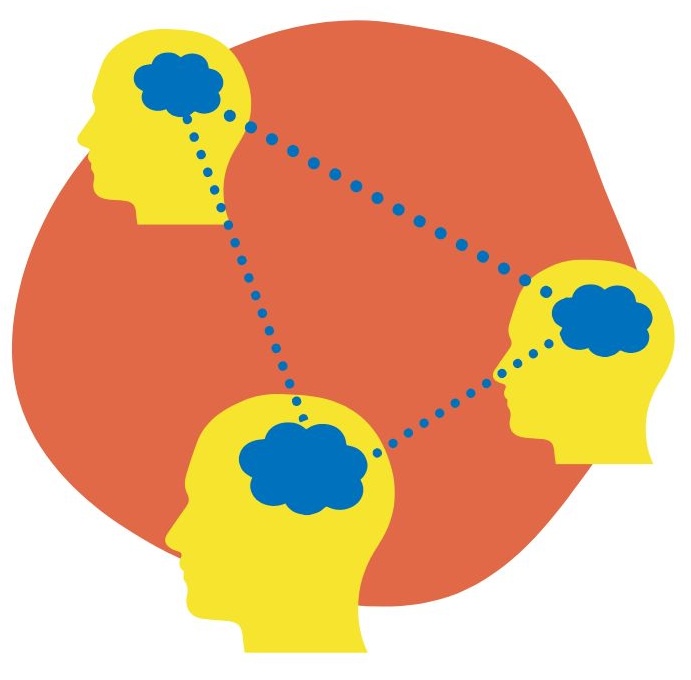Hooked Resources & Top Articles on User Behavior

In an age of ever-increasing distractions, quickly creating customer habits is an important characteristic of successful products. How do companies create products people use every day? What are the secrets of building services customers love? How can designers create products compelling enough to “hook” users?
We’re on the precipice of a new era of the web. As infinite distractions compete for our attention, companies are mining user behavior analytics to master new tactics to stay relevant in users’ minds and lives. Today, just amassing millions of users is no longer good enough. Companies increasingly find that their economic value is a function of the strength of the habits they create. But as some companies are just waking up to this new reality, others are already cashing in.
Manufacturing Desire
But how do companies create a connection with the internal cues needed to form habits? The answer: they manufacture desire by guiding users through a series of experiences designed to create habits. I call these experiences “Hooks,” and the more often users run through them, the more likely they are to self-trigger. User behavior analytics plays a role here as well.
I wrote Hooked: How to Build Habit-Forming Products to help others understand what is at the heart of habit-forming technology. The book highlights common patterns I observed in my career in the video gaming and online advertising industries.
Trigger
The trigger is the actuator of a behavior—the spark plug in the Hooked Model. Triggers come in two types: external and internal. Habit-forming technologies start by alerting users with external triggers like an email, a link on a web site, or the app icon on a phone. By cycling continuously through these hooks, users begin to form associations with internal triggers, which become attached to existing behaviors and emotions. Soon users are internally triggered every time they feel a certain way. The internal trigger becomes part of their routine behavior and the habit is formed.
Action
After the trigger comes the intended action. Here, companies leverage two pulleys of human behavior – motivation and ability. To increase the odds of a user taking the intended action, the behavior designer makes the action as easy as possible, while simultaneously boosting the user’s motivation. This phase of the Hook draws upon the art and science of usability design to ensure that the user acts the way the designer intends.
Variable Reward
What separates Hooks from a plain vanilla feedback loop is their ability to create wanting in the user. Feedback loops are all around us, but predictable ones don’t create desire. Variable schedules of reward are one of the most powerful tools that companies use to hook users. Introducing variability multiplies the effect, creating a frenzied hunting state, activating the parts associated with wanting and desire. Although classic examples include slot machines and lotteries, variable rewards are prevalent in habit-forming technologies as well.
Investment
The last phase of the Hook is where the user is asked to do bit of work. This phase has two goals as far as the behavior engineer is concerned. The first is to increase the odds that the user will make another pass through the Hook when presented with the next trigger. Second, now that the user’s brain is swimming in dopamine from the anticipation of reward in the previous phase, it’s time to ask the user to give some combination of time, data, effort, social capital or money.
The investment implies an action that improves the service for the next go-around. Inviting friends, stating preferences, building virtual assets, and learning to use new features are all commitments that improve the service for the user. These investments can be leveraged to make the trigger more engaging, the action easier, and the reward more exciting with every pass through the Hook.
Super Power
A reader recently wrote to me, “If it can’t be used for evil, it’s not a super power.” He’s right. And under this definition, habit design is indeed a super power. If used for good, habits can enhance people’s lives with entertaining and even healthful routines. If used to exploit, habits can turn into wasteful addictions. Companies need to know how to harness the power of Hooks to improve peoples’ lives, while consumers need to understand the mechanics of behavior engineering to protect themselves from unwanted manipulation.
(This is an excerpt from a prior post. The original post can be found here.)
Please feel free to check out some of my resources and articles related to the Hooked Model below. You can also find additional articles about the Hooked Model and Consumer Psychology here.
Behavior Can Be Designed.
Download our course on Product Psychology.
Your email address is safe. I don't do the spam thing. Unsubscribe anytime. Privacy Policy.
